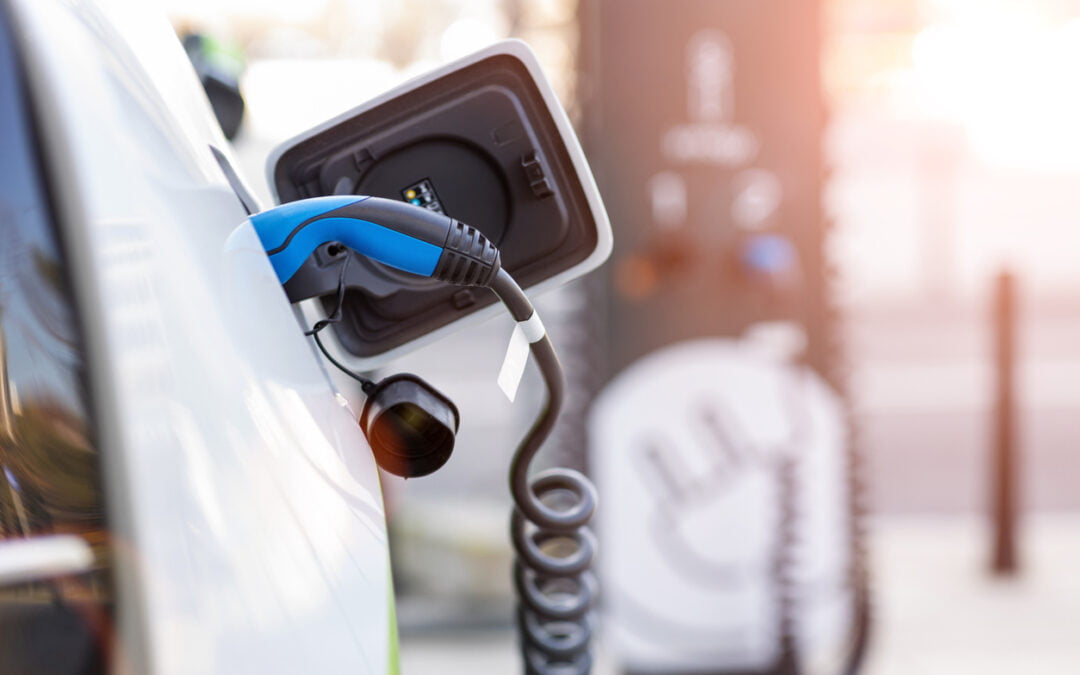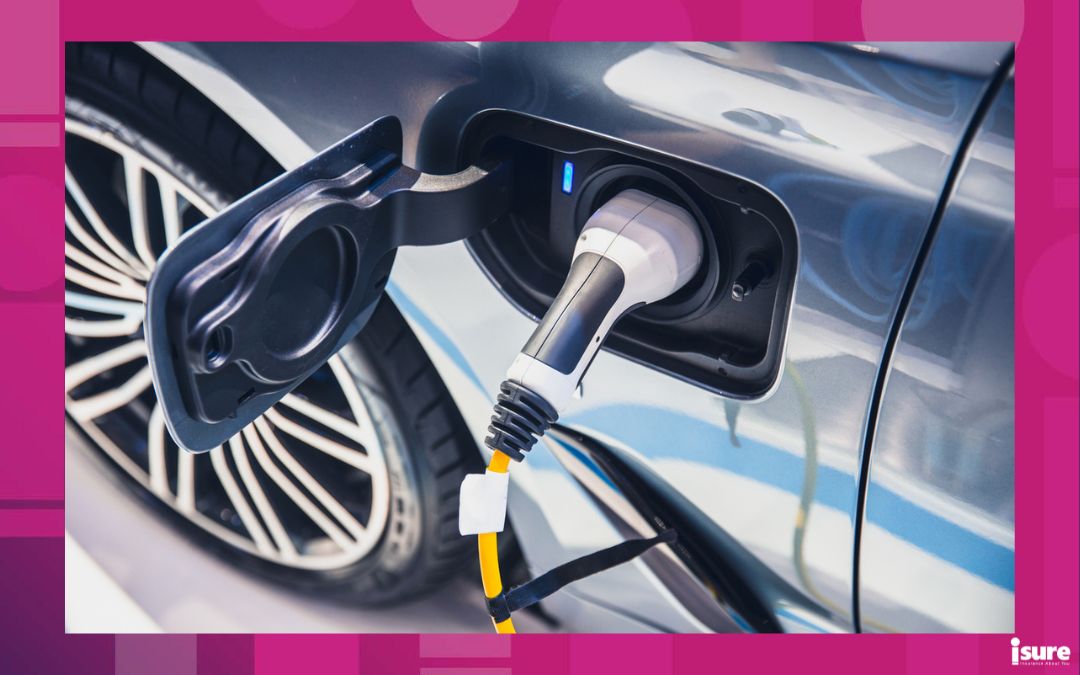The Ontario government announced that it is providing $91 million to help improve electric vehicle accessibility to the public. The investment will support the recent upsurge in interest in EVs. The move will also help to further strengthen Ontario’s auto industry. Since 2015, Canada has invested a historic $3.6 billion to make EVs more affordable and chargers more accessible for Canadians. These investments support the establishment of a coast-to-coast network of chargers in local areas where Canadians live, work and play. Meanwhile, federal rebates of up to $5,000 are helping more Canadians make the switch to an EV. Thinking about an electric vehicle? Read on to learn more about how the government is making it easier to access EV charging stations in Ontario.
Improving public access to charging stations
As part of Ontario’s green agenda, it is bringing electric vehicle fast chargers directly to the province’s busiest highways. Building on the growing success of Ontario’s Ivy Charging Network, which represents the largest public highway fast-charging network in the province. This funding will add more EV chargers all across Ontario. It will include highway rest stops, carpool parking lots, Ontario Parks and community hubs, like hockey arenas and municipal parks. Chargers at 17 ONroute locations are already open for summer use. Additionally, another three ONroute locations are opening before the end of 2022.
Ontario’s plan will see ONroute locations along Highways 401 and 400 with at least two EV chargers at each site. Busier sites will have more chargers. Drivers will have access to the EV chargers on a pay per use basis, and will serve all vehicle types. Finally, the province will also introduce the Rural Connectivity Fund later this year. Its goal is to provide rural municipalities the opportunity to apply for provincial funding. As a result, this funding will support the installation of EV chargers in their communities. The hope is to also encourage adoption of electric vehicles outside of urban centres.
Raising Ontario’s EV production profile
According to Todd Smith, Minister of Energy, the government’s agreement with Ivy, ONroute and Canadian Tire to construct the EV chargers at all the province’s 23 ONroute stations is a major step forward in lowering emissions province-wide. “This deployment will reduce barriers to EV ownership, supporting Ontario’s growing EV manufacturing market and critical minerals sector, and help achieve Ontario’s goal of building at least 400,000 electric and hybrid vehicles by 2030.”
These sentiments were echoed by Caroline Mulroney, Minister of Transportation. “This investment is the next step forward that will help fill gaps in public charging infrastructure and strengthen Ontario’s position as a leader in battery electric vehicle production.” By providing residents with convenient, public access to fast and reliable charging, Ontario can move closer to achieving its goal. And what is that goal? “…making Made-in-Ontario electric vehicles the top choice for both passenger and commercial drivers.”
To learn more Ontario’s automotive future into EV manufacturing, click here.
Looking ahead to improving emissions in Ontario
Reducing pollution from the transportation sector is critical to Canada achieving its climate targets. Transportation accounts for 25 percent of total greenhouse gas emissions in Canada. Therefore, the Government of Canada is making it easier for Canadians to purchase, charge and drive electric vehicles across the country. There is also talk that the government will support the development of business cases for the electric and low emission conversion of the Ontario Public Service fleet and the GO Transit network. It plans to create a Made-in-Ontario strategy towards acquiring electric vehicles and low-carbon equipment when renewing its fleet.
As the future of the automotive sector shifts to electric vehicle production, this announcement of funding means that Ontario will have the infrastructure in place to support the shift to more EVs on its roads. According to Vic Fedeli, Minister of Economic Development, Job Creation and Trade, Ontario is looking to become a world-leader in the transition to electric vehicles. Through “…closing deals for new automaker mandates for hybrid and battery EVs, attracting a new battery assembly plant to the province and increasing exports of Ontario-made auto parts and innovations around the globe.”
Quick facts about Ontario’s EV plans
- As of February 2022, there are 75,274 EVs registered in Ontario. By 2030, one out of every three automobiles sold will be electric. There are expectations that over one million EVs will be on the road in Ontario by then.
- The Ontario government, with Hydro One and Ontario Power Generation’s joint Ivy Charging Network, are installing 69 fast chargers across 23 ONroute locations.
- As of March 2022, there are more than 1,800 public EV charging stations in Ontario with over 5,000 charging ports. This includes 32 Level 2 EV chargers at carpool parking lots that provide free charging.
- Three additional ONroute sites (King City, Barrie and Innisfil) will open later in 2022. Chargers at the last three sites (Maple, Ingersoll and Newcastle) are currently anticipated to open between 2023-2025 as part of renovations at the sites.
- The Ivy Charging Network, a joint venture between Hydro One and OPG, will be responsible for the installation, ownership, and operation of the fast chargers located at the 20 initial ONroute locations.
- Investments in charging infrastructure made so far will result in more than 25,000 new chargers, coast to coast.
- To date, over 130,000 Canadians and Canadian businesses have taken advantage of the federal incentive to purchase a zero-emission vehicle.
If you are interested in learning more about electric vehicles and EV charging stations in Ontario, we’ve compiled some useful information on our website surrounding green cars:




